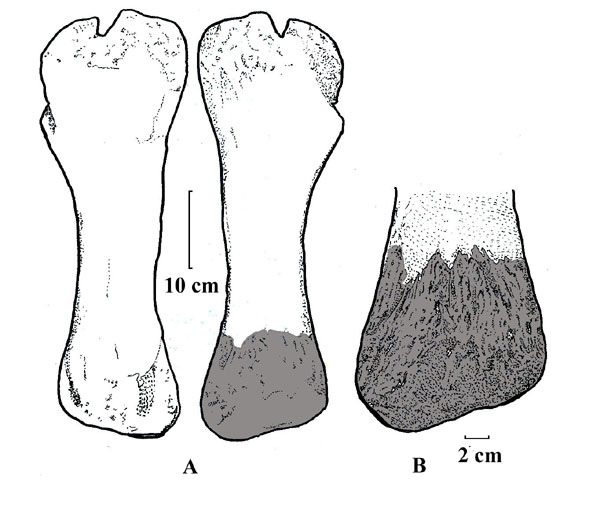
Note: Huene, 1927a named Cetiosauriscus leedsi for Ceitosaurus leedsi, but not the type of C. leedsi, but for the referred specimen published by WOODWARD, 1905. His 1927a paper was confusing, but his 1927b paper explained it better. Charig, 1980 followed his first paper and renamed the species to stewarti. This is unwarranted because genera can have the same species name and is here emended back to Huene’s original description. The ICZN ruled in favor of CHARIG in 1995 therefore the correct species is stewarti and not leedsi.
Species: stewarti CHARIG, 1980
Etymology: In honor to Sir Ronald Steward, Bt., the retired chairman of the
London Brick Company Limited, in grateful recognition of the generous cooperation
which his Company has long afforded the British Museum [Natural History].
= Cetiosaurus leedsi HUENE, 1927 non HULKE, 1887
Holotype: BMNH R3078
Locality: Discovered in the 1898 at the New Peterborough Brick Company, No. 1 yard (LEEDS 1956), near Peterborough, Cambridgeshire County, England, Southern United Kingdom.
Horizon: Lower Oxford Clay.
Biostratigraphy: Jason or Coronatum zone.
Age: Middle Callovian Stage, Upper Dogger Epoch, Late Middle Jurassic.
Material: Fragmentary skeleton.

Humerus showing cartilage cap.
Referred material:
BMNH R1967: proximal caudal vertebrae.